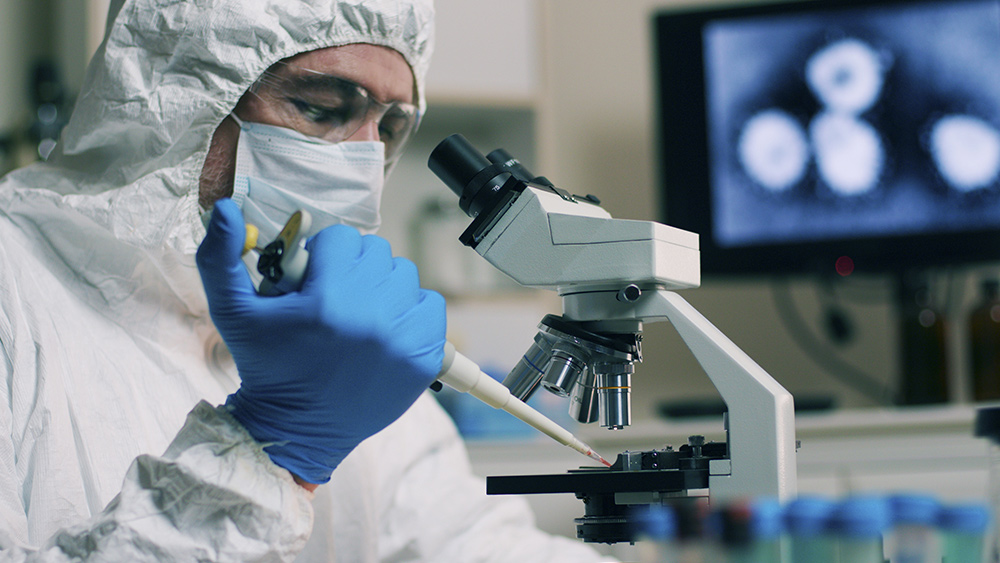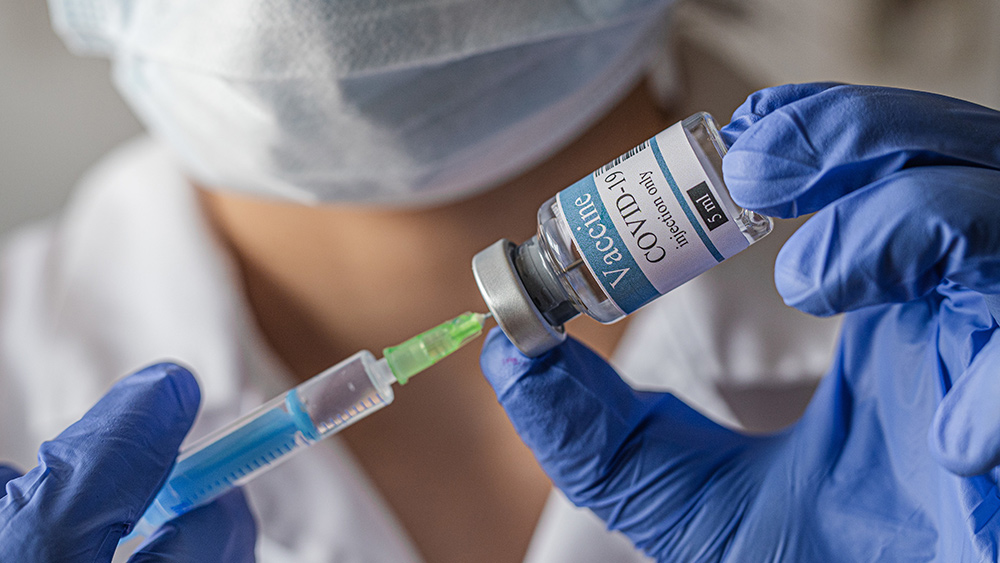Chinese scientist who was removed from Canadian lab sent deadly viruses to Wuhan Institute of Virology
06/17/2020 / By Isabelle Z.

Deadly viruses were sent from Canada’s National Microbiology Lab to a Wuhan laboratory months before the coronavirus outbreak, recently released documents show, and the scientist who sent them was removed from the only level 4 lab in Canada over a “policy breach.”
Live Ebola and Henipah viruses, which are among the deadliest viruses on the planet, were sent to Beijing on a commercial flight with Air Canada from the Winnipeg lab to the Wuhan Institute of Virology, which is believed by many to be the place where the coronavirus behind the current pandemic originated.
The viruses were sent by Dr. Xiangguo Qiu, a medical doctor and virologist who was reportedly escorted from the lab five months later. Her husband, research scientist Keding Cheng, and her Chinese students were also removed from the lab as part of an investigation. Their security access was also revoked.
Dr. Qiu hails from Tianjin, China, and first came to Canada for her graduate studies in 1996. Considered a brilliant scientist, she helped to develop the Ebola treatment ZMapp.
Canadian officials have said the shipments weren’t related to coronavirus and that Dr. Qiu’s eviction from the lab in Winnipeg was not connected to the shipment, but some experts aren’t so sure.
Experts concerned about virus shipment
University of Ottawa Law Professor and Epidemiologist Amir Attaran told CBC News: “It is suspicious. It is alarming. It is potentially life-threatening.”
He added: “What we know is that before she was removed, she sent one of the deadliest viruses on Earth and multiple varieties of it to maximize the genetic diversity and maximize what experimenters in China could do with it, to a laboratory in China that does dangerous gain of function experiments.”
Gain of function experiments involve mutating natural pathogens to see if they have the potential to become more infectious or deadly. Sending these types of viruses to a lab that carries out this type of experiment is very ill-advised – especially one that, as Attaran points out, has links to China’s military.
The Canadian government hasn’t explained why the researcher was removed from the high-security lab. The Public Health Agency of Canada (PHAC) has said that they sent the viral samples for scientific research purposes in response to a request from the lab in Wuhan.
Some of the virus strains involved included Nipah Malaysia, Nipah Bangladesh, three varieties of Ebola Makona, Mayinga, Hendra, and Kikwit.
The newly released documents also show that there were concerns about the packaging and decontamination of the viruses. The shipper of the viruses initially planned to use packaging that was inappropriate, and this mistake was only fixed because the Wuhan Institute of Virology flagged the issue. If that hadn’t happened, the viruses would have been placed on an Air Canada flight in incorrect packaging, and it’s anybody’s guess what might have happened next.
The director of the China Institute at the University of Alberta, Gordon Houlden, told CBC News that there are some valid reasons for labs to share biological samples, but transfers need to follow the proper protocol.
Dr. Qiu traveled to China frequently to meet with scientists
Dr. Qiu is believed to have made at least five trips to China between 2017 and 2018, one or more of which was to train technicians and scientists. She also met with collaborators in Beijing whose names have been blacked out of documents that were obtained by CBC News last year.
Some people who worked in the lab with Dr. Qiu said there have always been questions about the trips she took to China and what technology and information she may have been sharing with researchers there.
One employee, who asked not to be identified said: “It’s not right that she’s a Canadian government employee providing details of top-secret work and know-how to set up a high-containment lab for a foreign nation.”
Sources for this article include:
Tagged Under: biological weapons, bioweapons, Canada, conspiracy, death science, deception, gain-of-function, genetic engineering, national security, research, scientific, virologists, Viruses, Wuhan Institute of Virology
RECENT NEWS & ARTICLES
COPYRIGHT © 2017 SCIENTIFIC NEWS


















